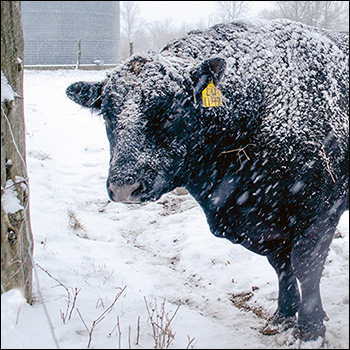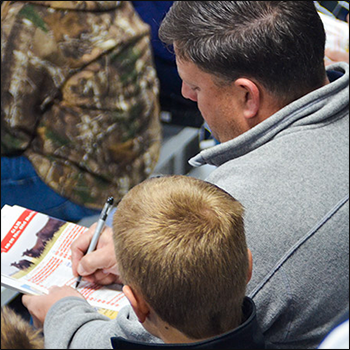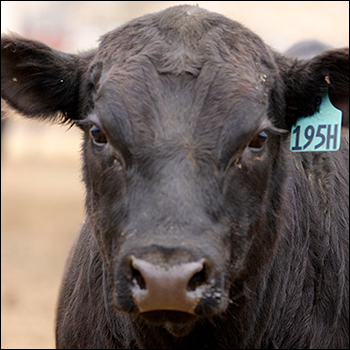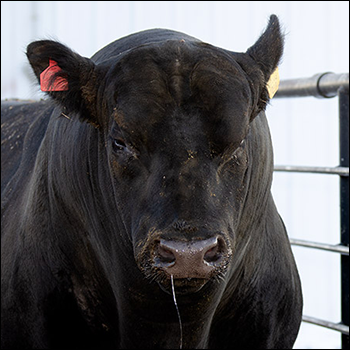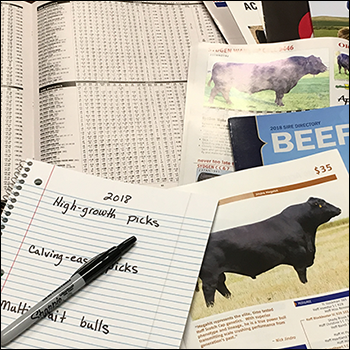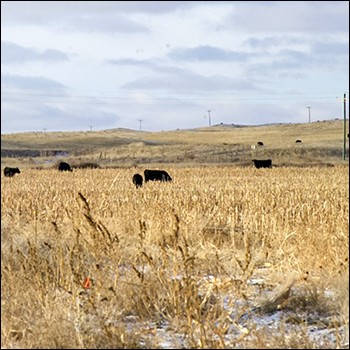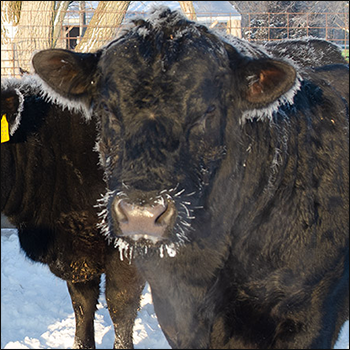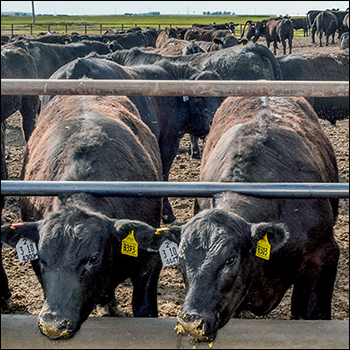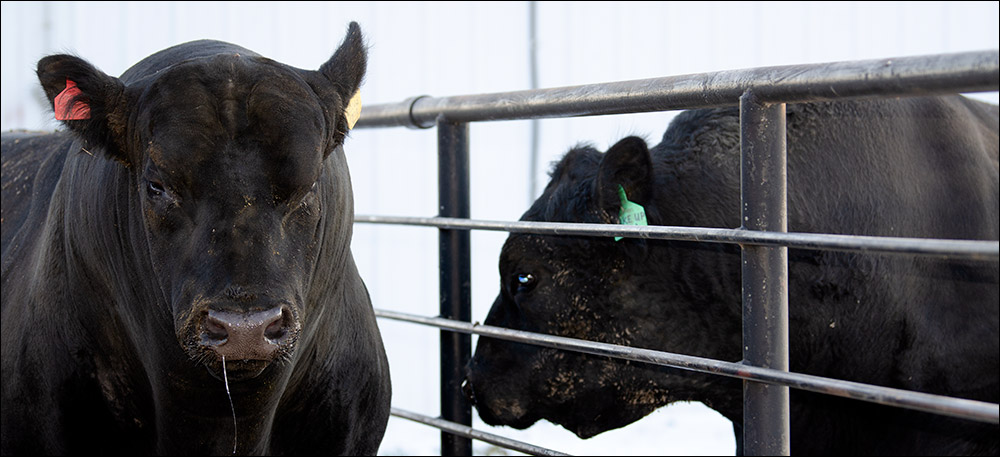
Don’t Buy a Fat Bull
Sale-season nutrition should prepare bull for work instead of beauty.
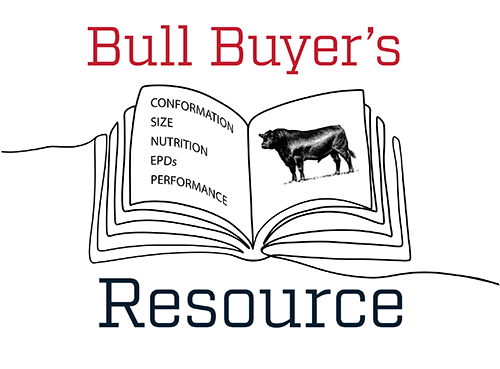
Traditionally, young bulls offered for sale are often too fat, especially the ones that have gone through maximum-gain performance tests to measure rate of gain and feed efficiency. We now know that this can be detrimental to their fertility and longevity, but many young bulls are still too fat at sale time. John Kastelic, department head and professor of production animal health at the University of Calgary, has done a lot of research on nutrition in bulls.
Historically, people focused on nutrition after weaning, especially since the 1970s.
“Back then, seedstock producers fed young bulls practically a feedlot ration to achieve gains up to 4 pounds per day to see how fast they gained. There is good evidence to show that if you feed bulls high-energy diets after weaning, you get very rapid weight gain, but you also create a lot of problems with excessive fat in the scrotum, reduction in semen quality, more risk for laminitis/founder, liver abscesses, rumenitis, joint and skeletal problems, etc. Feeding young bulls this much is counterproductive,” he warns.
Producers are recognizing this and realize that a bull should be fed for a long life of breeding rather than being fed like a steer destined for slaughter. A bull needs to be athletic, not fat.
“It is very detrimental to feed bulls high-energy rations postweaning for rapid gains, resulting in overconditioned bulls,” Kastelic says. “The thinking used to be that if a bull is not fat, he must be a hard-keeper and poor-doer. Sale bulls were always fat, but producers thought they could just take them home and put them on a diet before they went out with cows, and then they would be in breeding shape. Unfortunately, some of the damage in the overfat young bull can be permanent.”
Even though most seedstock producers now realize this, many bulls are still fed to be a little too fat. Fat is beautiful and covers up a lot of conformation faults, Kastelic says. Even though buyers know that a bull should be fit, not fat, they tend to think there is something wrong with a bull that’s not carrying extra weight at sale time. Bulls are likely to be too fat unless the breeder feeds just a growing ration — and some of the “growing rations” people claim to be feeding still contain too much energy.
When fed a mostly forage diet postweaning, the bulls with genetic potential for rapid and efficient gain will still gain the fastest, he says. The difference between the top and bottom performers will just be smaller.
“You can still do a feed test, but on a forage-based ration with a modest amount of grain, and still identify the top-performing bulls,” Kastelic says. “Thus, there is no reason to push them with a feedlot ration, because you can do permanent damage. It is detrimental, and a waste of feed resources, so that’s the first thing seedstock producers need to know, and bull buyers need to beware of.”
Editor’s note: Heather Smith Thomas is a cattlewoman and freelance writer from Salmon, Idaho. Photo by Shauna Hermel.

Angus Proud
In this Angus Proud series, Editorial Intern Jessica Wesson provides insights into how producers across the country use Angus genetics in their respective environments.
 Angus Proud: Bubba Crosby
Angus Proud: Bubba Crosby
Fall-calving Georgia herd uses quality and co-ops to market calves.
 Angus Proud: Jim Moore
Angus Proud: Jim Moore
Arkansas operation retains ownership through feeding and values carcass data.
 Angus Proud: Les Shaw
Angus Proud: Les Shaw
South Dakota operation manages winter with preparation and bull selection.
 Angus Proud: Jeremy Stevens
Angus Proud: Jeremy Stevens
Nebraska operation is self-sufficient for feedstuffs despite sandy soil.

